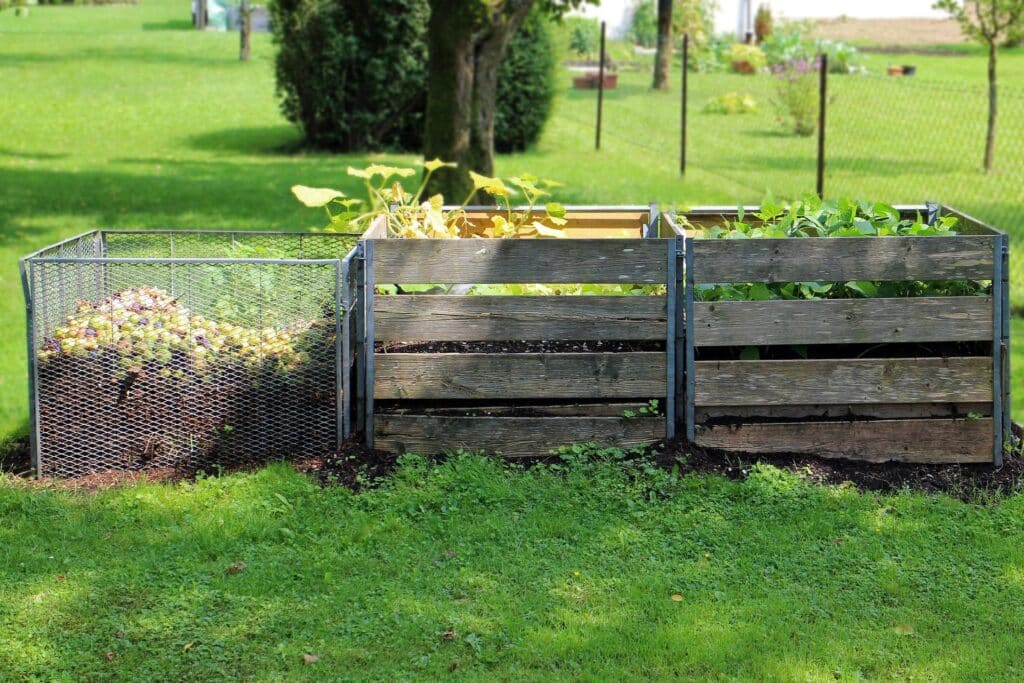The recent revival of the houseplant trend has brought to light the many benefits homeowners can reap from growing foliage indoors. Cleaner air, improved health, and a relaxing living environment make houseplants a great addition to any home, but their presence increases the risk of unknowingly housing annoying pests. While many of these bugs are harmless to humans and animals, knowing nearby plants are crawling with pests is enough to keep any homeowner up at night. Whether you’re a newbie to plant-owning or a veteran green thumb, here’s what you need to know about identifying houseplant pests and preventing an infestation.
Where do Houseplant Pests Come From?
The most common houseplant pests enter our homes through a number of ways. Plants purchased from a nursery or kept outside during the summer months often bring pests indoors. Similarly, pests can hide in opened bags of soil and sneak into your home during the repotting process. Leaving windows and doors open during the warmer months, even by accident, also invites these pests indoors.
While many nurseries and plant shops do their best to minimize houseplant pests, some bugs are too small to be seen by the naked eye, and therefore go undetected. Knowing how to identify houseplant bugs will help you prevent a potential infestation.
Common Houseplant Pests
Aphids
Aphids are one of the most common pests found on houseplants, and can also be one of the most harmful. An aphid is a small, soft-bodied bug that feeds on plant sap. These bugs can be red, yellow, green, black, or brown colored. Because of their feeding habits, these bugs typically infest food plants and leave behind a sticky, sweet residue. This residue attracts other bugs, like ants, to the infected houseplants and can also accelerate the growth of mold. Aphids reproduce rapidly in the spring, meaning within just a few short weeks, your plants could face a massive aphid infestation.
Brown scale
While there are over 8,000 species of scale insects, brown scales are the most common scale found on houseplants. They measure just a few millimeters long and appear as small, brown specks on a plant’s stem and leaves, so these insects are difficult to identify until the infestation has become severe. Fortunately, brown scales are relatively immobile, so once you locate a cluster of brown scales it is easy to contain and remove.
Mealybugs
If you’ve ever noticed small, cotton-like spots on a plant, odds are you were seeing a mealybug. These sticky insects can be up to ¼ inch long and don’t cause significant damage to houseplants at lower population levels. However, female mealybugs lay 300-600 eggs at a time. Within a few short weeks, you could experience a mealybug explosion among your houseplants, which can cause your plants to weaken and become more susceptible to diseases.
Whiteflies
Unlike the closely-related mealybugs, whiteflies can actually fly, making it easier to notice an infestation. These bugs congregate on the undersides of leaves and can cause the leaves to yellow and fall off the plant. Whiteflies appear almost translucent and can be identified by their oval, moth-like appearance.
Spider mites
While not technically insects, spider mites can wreak havoc on your houseplants just the same. Averaging just 1/50 inch long, these arthropods are almost impossible to see with the naked eye. Once their population grows larger, their presence begins to resemble a reddish-brown web across a plant’s leaves. Large infestations of spider mites can cause leaves to change color, wither, and fall off.
Fungus gnats
If you’ve cared for houseplants in the past, you’re likely very familiar with fungus gnats. In their mature stage, these harmless insects are little more than a nuisance. In their larval stage, however, is when most of the damage occurs. Fungus gnat larvae thrive in damp soils and eat plant roots and fungi found in the soil. Fortunately, these small bugs are relatively easy to remove and unless found in large numbers, they will cause minimal damage to houseplants.
Thrips
Another miniscule houseplant pest, thrips measure approximately 1/25 inch long and appear as a tan or black oval with thin wings. Thrips reproduce very quickly and are attracted to houseplants with white or yellow blossoms. Plants infested with thrips will become discolored and splotchy, before eventually dying.
How to Prevent Houseplant Pests
Many common houseplant pests can cause extensive damage if allowed to get out of control. Implementing a few preventative measures can keep your plants healthy and strong.
If the seven pests listed above are any indicator, houseplant pests can reproduce rapidly and cause damage seemingly overnight. Make it a habit to check your plants weekly for the early warning signs of a pest infestation. In general, noticeable discoloration, weakening of the leaves and stems, and new mold growth are signs that point to an infestation. Many of the most harmful pests are too small to see without aid, so investing in a small magnifying glass can help you find these smaller bugs.
Knowing what your plants need to stay healthy can be one of the best preventative steps to take. Over-watering and lack of sunlight can cause mold and create moist soil that pests love, while under-watering and a lack of humidity can weaken your plant and make it more susceptible to damage. Before purchasing a plant, make sure you’re able to provide the exact environment it needs to thrive.
If possible, keep new and/or infected plants isolated from your other houseplants. Keeping these plants separate for at least a month can help you get the pest problem under control before putting them in the vicinity of your healthier plants. Considering many houseplant pests take a few weeks to a month to establish a noticeable presence, keeping these plants isolated will let you know if your plant was infected with bugs prior to purchase, and help you avoid spreading pests to other plants in your home.
Houseplant pests are an inevitable part of the plant-owning process, and not all pests are bad. Knowing which pests will cause extensive damage to your plants can help you prevent said damage from occurring. Our team of pest experts have effective solutions to protect your houseplants from harmful bugs. Contact us today to receive a free quote.









